Are you an SDET (Software Development Engineer in Test) looking to make a career shift into full-stack Java development? You’re not alone in considering this transition. Many professionals in the tech industry have successfully moved from quality assurance and testing roles to becoming skilled developers. In this blog post, we’ll explore whether it’s possible to make this switch, how to do it, and the potential challenges you might encounter along the way.
Is it Possible to Move from SDET to Developer?
The short answer is yes, it’s absolutely possible to transition from an SDET role to a full-stack Java developer position. While SDETs primarily focus on ensuring the quality and reliability of software through testing, their skills and experience in coding, automation, and problem-solving are highly transferable to a development role. Many companies value SDETs who can write efficient code and understand the testing process, making them strong candidates for developer positions.
How Can I Switch from SDET to Developer?
- Skill Enhancement: Start by enhancing your coding skills. If you’re not already proficient in Java, begin learning the language. Take online courses, enroll in coding bootcamps, or consider specialized programs like the [Accelerated Java Developer Program](https://cydeo.com/accelerated-java-developer/), which can provide structured training and hands-on experience.
- Build a Portfolio: Create a portfolio of personal projects and open-source contributions that showcase your development skills. This will serve as tangible evidence of your abilities when applying for developer roles.
- Networking: Connect with professionals in the field, attend tech meetups, and engage in online communities. Networking can help you discover job opportunities, gain insights, and find mentors who can guide you in your transition.
- Apply for Developer Roles: Start applying for entry-level developer positions or positions that align with your current skill set. Emphasize your coding skills, automation expertise, and experience collaborating with development teams on testing efforts in your resume and interviews.
- Learn Full-Stack Development: Expand your knowledge beyond Java to encompass front-end and back-end development. Familiarize yourself with technologies like HTML, CSS, JavaScript, and databases to become a well-rounded full-stack developer.
How Difficult is it to Switch from SDET to SDE?
The difficulty of the transition can vary based on your existing skills, dedication, and the job market in your area.
Here are a few challenges to keep in mind:
- Skill Gap: Bridging the gap between testing and development may require time and effort. You’ll need to become proficient in coding and adapt to the development mindset.
- Experience Requirements: Some developer roles may require prior experience in development, so be prepared to start at an entry-level position to gain hands-on experience.
- Competition: The tech industry is competitive, but your unique blend of skills as an SDET can set you apart from other candidates.
- Learning Curve: Expect a learning curve, especially if you’re new to full-stack development. Be patient and persistent in your journey.
In conclusion, transitioning from an SDET to a full-stack Java developer is not only possible but also a rewarding career move. By enhancing your coding skills, building a portfolio, networking, and embracing a learning mindset, you can successfully make this transition. Remember that it may take time, but with determination and the right resources, you can achieve your goal of becoming a developer in the Java ecosystem.
If you’re looking for a structured program to kickstart your journey, consider the [Accelerated Java Developer Program](https://cydeo.com/accelerated-java-developer/) to gain the skills and knowledge you need to excel in your new career path.




